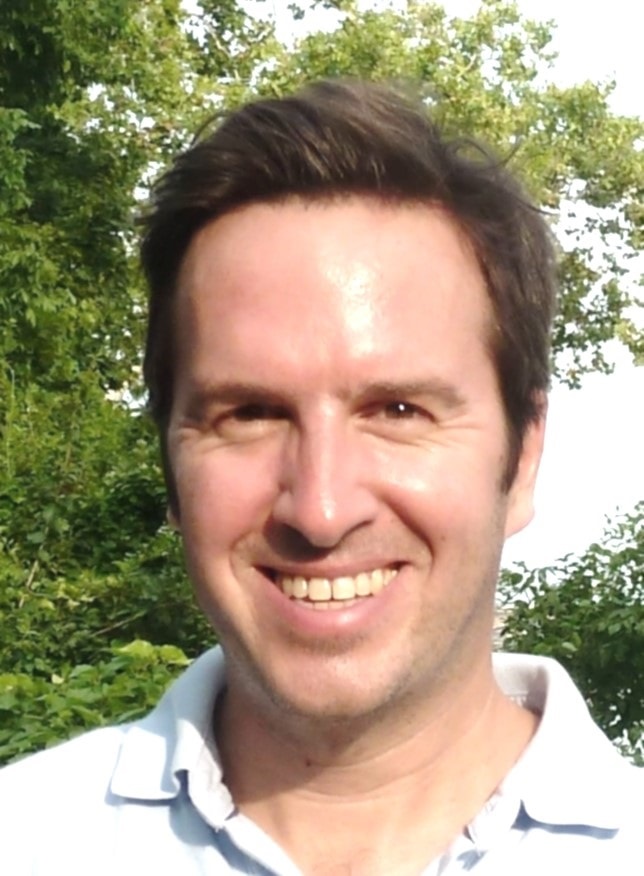
Chair, Art History and Museum Professions Program (AHMP)
Alexander Nagel
- School of Liberal Arts and Sciences
- History of Art
Color and Meaning in the Art of Achaemenid Persia
In this volume, Alexander Nagel investigates the use of polychromy in the art and architecture of ancient Iran. Focusing on Persepolis, he explores the topic within the context of the modern historiography of Achaemenid art and the scientific investigation of a range of works and monuments in Iran and in museums around the world. Nagel’s study contextualizes scholarly efforts to retrieve aspects of ancient polychromies in Western Asia and interrogates current debates about the contemporary use of color in the architecture and sculpture in the ancient Mediterranean world, especially in North Africa and the eastern Mediterranean. Bringing a multi-disciplinary perspective to the topic, Nagel also highlights the important role of theory, methodology, and conservation studies in the process of reconstructing polychromy in ancient monuments. A celebration of the work of painters, artisans, craftsmen and -women of Iran’s past, his volume suggests frameworks through which historical and contemporary research play a dynamic role in the reconstruction of ancient technological knowledge.

What was your research process like?
My research took place on the site of Persepolis in Iran and in (many) museums around the world which house stone materials and fragments from the buildings on this site. I am working with many colleagues as research in the field of polychromy studies is complex. It requires knowledge in many different fields, aside from science you need knowledge on the modern history of archaeological fieldwork on the site and understand aspects of materiality and meaning of paint for the ancient cultures of West Asia and beyond. Part of the work I conduct through my affiliation with the Smithsonian Institution’s National Museum of Natural History where I hold a Research Associate in Residence position.
How long did you work on this before it was published?
I had defended a dissertation in 2010, and published parts of the dissertation and aspects which grew out of the research over the years. The book aims to introduce and update some aspects of my thinking about the polychromies of the monuments of Persepolis.
Does this work relate to your role at FIT? If so, how?
In courses I teach on the ancient world, art history and conservation and in museum related courses I always include monuments excavated in sites in modern Iran, Iraq and beyond. As Chair of the Art History and Museum Professions program, I want students to encounter and engage with the incredibly rich diversity of the ancient world which is so much more than Greece and Rome. There is plenty of ‘fashion,’ of course, as there are textile remains, and the carvers of the stone reliefs on the Apadana, one of the largest monuments ever constructed in the ancient world, depicted dozens of delegations offering tributes, including textiles, to the great king of Persia. “Reading” these monuments and engaging with them with people from modern Iran creates not only a dialogue but increases our knowledge about ancient cultures tremendously. Adding the aspect of paint, FIT students and colleagues have already engaged in visual reconstructions of these impressive structures.
What was your biggest challenge? What was most rewarding?
The biggest challenge is to make students understand that the ancient world is so much more than Egypt, Greece and Rome. It is also the most rewarding when I notice that I peaked the curiosity of a student who wants to engage deeper with the materials from sites such as Persepolis and Susa.
Is there other information we should know?
Engaging with the many legacies of ancient monuments in modern times is a very exciting field. I am grateful that many people are interested in the field so we become better stewards in caring for a better future as we need to understand the past to become better.
Have you published any other books or have any upcoming publications?
Yes, together with my Greek colleague Stella Katsarou, I co-edited a volume on new research on caves in the ancient world, and I have a co-edited volume on stoneworking in Achaemenid Persia, c. 520-330 BCE coming out very soon. This is an exciting volume which brings together many international colleagues working on stone monuments for the first time. I am excited about this volume.
- Started teaching at FIT in 2018
- Book published in November 2023
